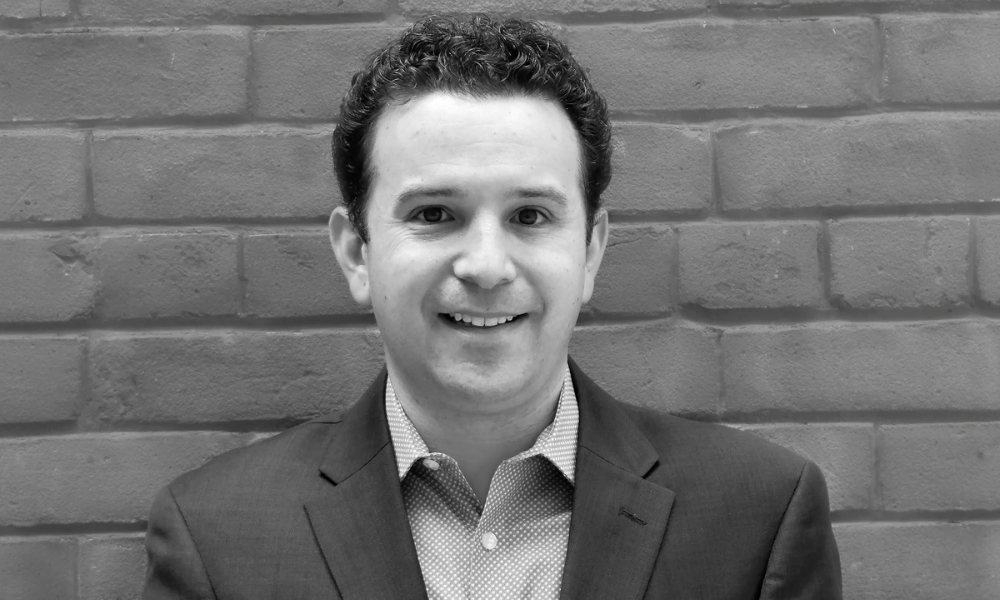Developing good workflows can increase productivity, efficiency and motivation within an organization

Having an efficient workflow can definitely help HR improve its operations, says Daniel Weisblat, research and development HRBP and recruitment lead for monday.com, in talking to Canadian HR Reporter.
Q: What exactly is a workflow?
A: “A workflow is a standardized series of tasks you complete to achieve a specific goal. For example, most companies have a standardized process they follow after landing a new customer. For HR, workflows can be set up for any number of ongoing processes that managers and employees want to sync up on, such as onboarding a new employee or managing the recruiting process.
“An efficient workflow will allow the entire HR team to have insight into ongoing projects, like where a prospective employee is in the hiring process and maintaining an employee directory. It also allows multiple teams within the HR umbrella to sync with their relevant managers.”
Q: How can an organization start building a workflow?
A: “There are three primary components: input (staff, materials, equipment, and other resources), transformation (the rules, directions, and steps needed), and output (deliverables, whether a physical product, service, or trained employee).
“It can be helpful to diagram workflows to visualize every moving part. Once you have a clear overview, you can make decisions about standardizing and automating tasks within the workflow. For example, a workflow for hiring might include sections for compiling and reviewing resumes, determining which candidates are qualified, scheduling interviews, sharing references, and finally sending an offer or hiring a candidate.”
Q: How can workflows help with productivity and engagement?
A: “It’s immensely helpful. As our company expands, we’ve had to nurture an audience of potential applicants at all times, align our team with multiple sourcing companies, and continue to improve our processes. To make this happen, our HR team built a system that keeps everything flowing seamlessly, every stakeholder informed, and communication transparent.
“It really increases productivity and frees up time by reducing micro-management (managers can see everything) and creates standardized processes that lead to consistent results. This also frees up time for more creative brainstorming. Strong workflows also keep employees engaged and motivated by designing work that helps them succeed and grow. They also provide transparency, which is really important for putting trust in employees and empowering them to make decisions on their own.
“For HR, setting up transparent workflows allows for a smoother hiring process, especially when interviews are remote. Powerful workflows allow the whole team to stay up-to-date on the hiring process and makes tasks like logging resumés and setting up interviews straightforward. This means we don’t have to reinvent the wheel each time — if something is working well, we can standardize it.
“HR workflows are useful beyond the hiring process, too. I have created boards for every HR process to keep track of and extract data, including salary process, feedback, and talent management. A good workflow will allow you to track your employees’ time on specific tasks and streamline the processes for giving, receiving, and evaluating feedback.”
Q: What are the characteristics of good and bad workflows?
A: “You’ll know that you have a bad workflow if it requires team members to check in on every little thing, which ultimately slows down the process and means the manager will be just as busy as before. A workflow that requires that level of oversight defeats the purpose.

Daniel Weisblat
“On the flip side, a good workflow empowers employees to handle their tasks and free up their own time and their manager’s time for other tasks. A good workflow will have centralized communication where everyone can easily access conversation about the project, clear performance expectations, and ways to measure key performance indicators.”
Online forms can help with workflow efficiency for HR professionals, says another expert.
Q: How can technology help with workflows?
A: “I find it to be extremely helpful to set up automations to cut down on manual tasks and integrations that automatically pull data from other sources into the workflow. For example, once a candidate has successfully made it through our recruitment pipeline, the system will automatically create a new employee as a new item on the employee directory board.
“As a company grows, this enables you to have all that information accessible in one place without creating extra work.”
Q: How has the role of workflows changed with the rise of remote work?
A: “We’ve always been familiar with working in distributed teams, even before the pandemic. But now that so many more employees around the world are remote, companies are catching on to the importance of workflows. Workflows allow you to stay in sync with team members, even if your time zones don’t align or you’ve spent the day on video calls.
“It keeps things streamlined without having to jump on last-minute calls for updates or exchanging hundreds of messages back and forth. All the info people need is contained in the workflow. This ultimately empowers employees to get work done on their own schedule while still staying on track to meet goals and deadlines.”
Employers will have to develop a hybrid business model going forward, according to one consultant.




